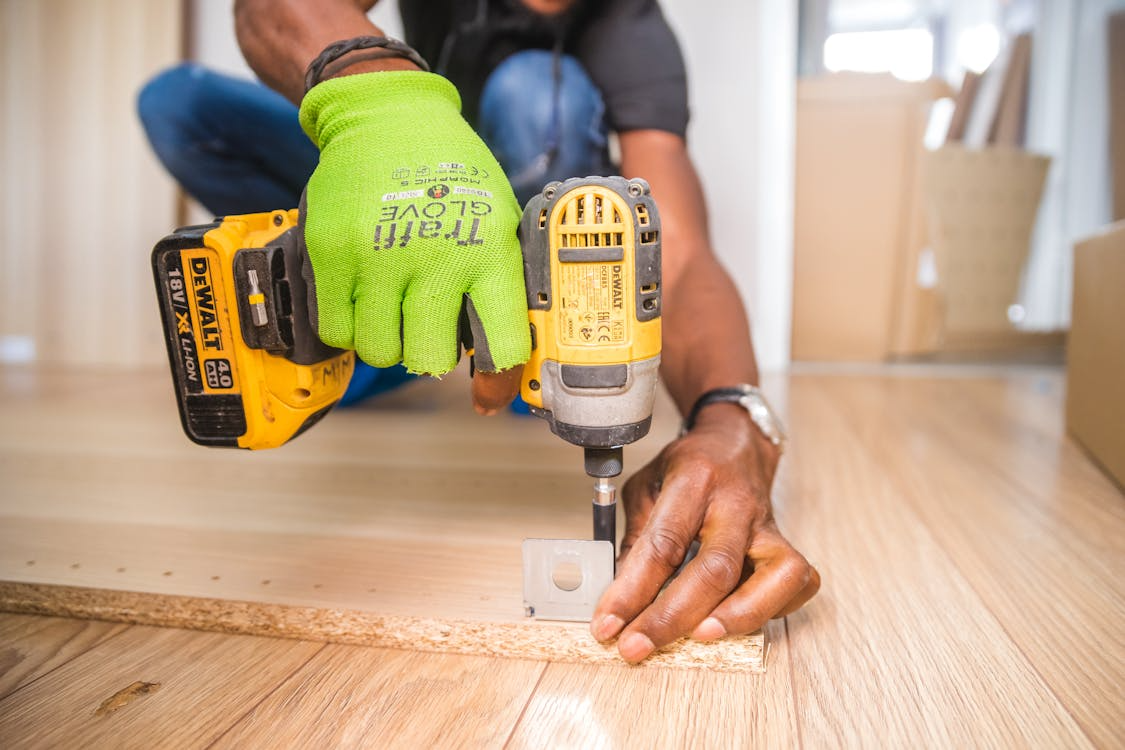Enhancing Your Garden with Water Features and Efficient Drainage
Water features and well-designed drainage systems can transform a basic backyard into a tranquil oasis and prevent water-related issues such as pooling and erosion. Preparing your yard for these installations is crucial to ensure they function correctly and blend seamlessly with your landscape. This guide provides step-by-step instructions on how to prepare your yard for water features and drainage systems, ensuring durability and effectiveness.
Understanding the Basics of Yard Preparation
Before embarking on the installation of water features or a drainage system, it’s essential to understand the landscape’s natural flow of water. This initial assessment will guide where and how to implement these features to enhance your yard’s aesthetics and functionality.
Auger Drilling: For Precise Excavations
One of the most efficient methods for preparing deep and narrow trenches or holes in the installation of water features or drainage systems is auger drilling. This technique allows for precise digging with minimal disruption to the surrounding landscape, ideal for setting up underground pipes or embedding structural supports for larger water features.
Planning Your Water Feature
Choosing the Right Location
Select a location that naturally enhances the garden’s beauty and is visible from key vantage points within your home. Consider the sun’s path as some water features, like ponds, may benefit from partial shade to prevent algae growth.
Size and Scale
Ensure the size of the water feature is proportional to your yard. An oversized fountain can overwhelm a small garden, while a tiny pond might look insignificant in a large outdoor space.
Access to Water and Power Supplies
Your water feature will need a continuous water supply and possibly an electrical connection for pumps and lighting. Plan for easy access to these utilities to avoid costly modifications later.
Installing a Drainage System
Identifying Drainage Issues
Walk around your yard during a rainstorm and observe how and where water accumulates. Common signs of poor drainage include pooled water and soggy ground. These observations will help you determine the type and extent of drainage you need.
Types of Drainage Systems
- French Drains: Ideal for areas with surface water collection, a French drain consists of a gravel-filled trench that redirects water away from saturated areas.
- Dry Wells: Used to manage runoff water, dry wells are underground structures that collect excess water and slowly release it into the soil.
- Channel Drains: These are effective for areas that experience sheet flooding during heavy rains and can be installed across driveways or patios.
Slope Considerations
Ensure your drainage system uses gravity to its advantage by sloping trenches away from your home and garden features. A gradient of at least 1% (1 cm drop per 1 m length) is generally recommended for effective water flow.
Preparing the Ground
Clearing and Levelling
Remove any debris, weeds, and large stones from the area where you’ll install your water feature or drainage system. Level the ground to prevent uneven settling or water collection in unwanted areas.
Soil Considerations
Assess the soil type in your yard. Sandy soils drain quickly but may not support water features without proper lining, while clay soils hold water but may need amendments to enhance permeability for drainage systems.
Digging Safely
Before any digging, check for underground utilities like gas, water, and electrical lines. Once cleared for safety, you can begin excavating using appropriate tools. For deeper or more precise excavation, consider hiring professional equipment like a mini-excavator or contracting a professional if the scope is beyond DIY.
Installation Tips
Installing Water Features
Follow the manufacturer’s instructions for installing ponds, fountains, or waterfalls. Ensure all connections are secure to prevent leaks. Use quality pumps and fixtures to extend the life of your water feature.
Laying Pipes for Drainage
For drainage pipes, use sturdy, non-perforated piping for areas that need to stay dry and perforated pipes within gardens to allow water to seep into the ground. Ensure all joints are securely connected and covered with a geotextile fabric to prevent clogging from silt and roots.
Finishing Touches
Landscaping Around Features
Once your water feature and drainage system are in place, restore the landscape with topsoil, mulch, and plants that complement the new additions. Consider plants that thrive in wet areas around water features and those that can withstand dry conditions along drainage paths.
Regular Maintenance
Maintain your water features and drainage systems by regularly checking for clogs or damage. Clean filters and pumps in water features to keep them running smoothly and inspect drainage openings and outlets to ensure they are clear of debris.
Enjoying a Functional and Beautiful Yard
With careful planning and preparation, you can enhance your yard with beautiful water features and efficient drainage systems that protect your landscape from water damage. By following these guidelines, you ensure that your outdoor space is not only aesthetically pleasing but also functional, providing a tranquil environment for relaxation and enjoyment.














